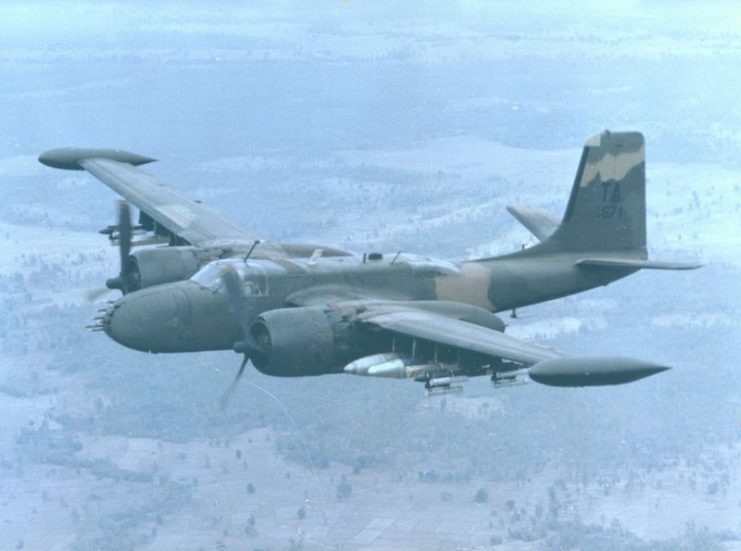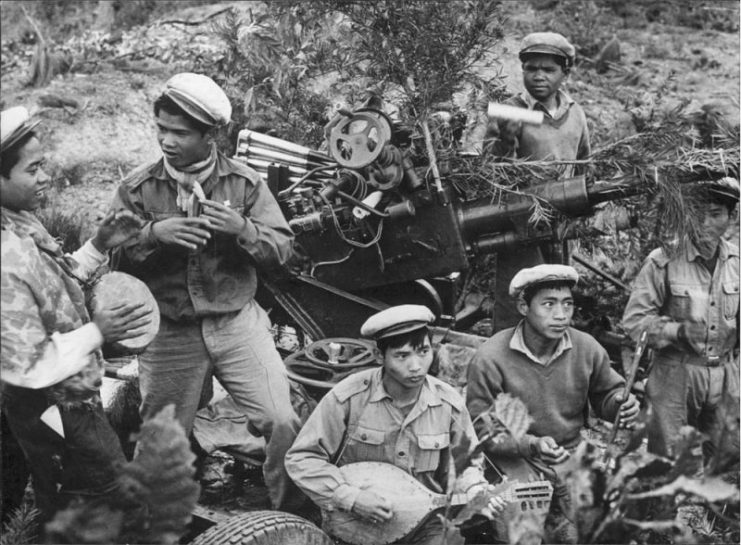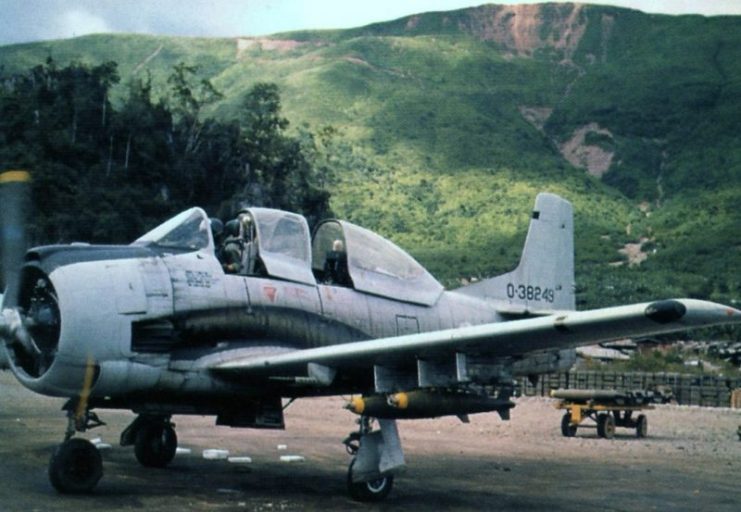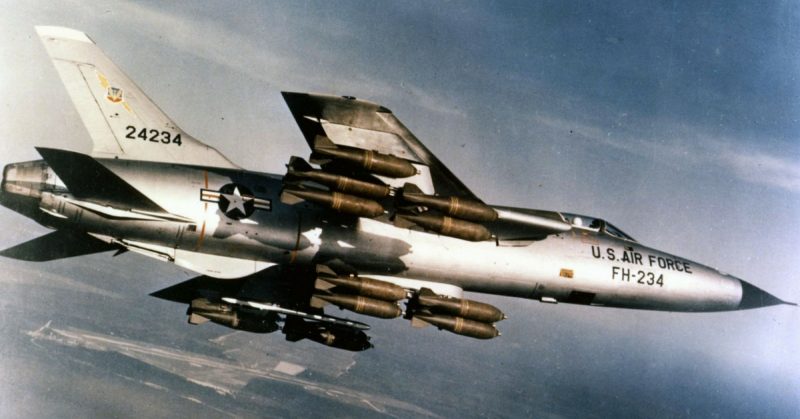The Laotian Civil War remains one of the lesser known conflicts in Southeast Asia during 1970, due to the secretive nature of its belligerents and numerous violations of international laws of warfare on both sides.
The landlocked Lao People’s Democratic Republic, squeezed between today’s Vietnam and Thailand, has since the war suffered horrible consequences of the unexploded ordnance as more than 80 million bombs remain scattered across the country.
These date from the period of a U.S. Air Force bombing campaign that began in 1964 and lasted until 1973, during which 230,516 sorties were flown. During the U.S. involvement, more than two million tons of explosive were dropped on Laotian territory.
The civil war raged in a period between 1953 to 1975, but it was overshadowed by the American intervention in Vietnam, which failed to remain contained within its borders. Instead, the whole of the Indochinese Peninsula was embroiled in the proxy war between America and its allies against China and the Soviet Union.

While both sides found support among the local population, it was in Laos that the Americans held influence among the mountain tribes, the Hmong people, while the Communist-backed guerrilla of Pathet Lao held close ties with the North Vietnamese Army and its sponsors.
The complexity of the war in Laos, known also as the Secret War, was partially due to the fact that the U.S. presence in the country was solely led by the CIA, and also the fact that, since 1954, the country attempted to stay neutral concerning the Vietnam War, and this neutrality was backed by the Geneva Conference.
https://youtu.be/-LwPOi2kvKE
Still, the country remained an important link to the famous Ho Chi Minh Trail, which was a developed network of tunnels, caches, and jungle paths, all serving as a supply system for the North Vietnamese and the Viet Cong.
The jungle terrain proved to be highly inaccessible, so the CIA relied heavily on the use of the Air Force in order to disrupt enemy activity and support the Laos Royalists who were fighting the Communist insurrection.

The bombing missions were most often navigating via Raven Forward Air Controllers ― single-engine light aircraft that served as a vanguard for the bombers. These reconnaissance aircraft were under the command of the Central Intelligence Agency, which coordinated an aerial campaign that dropped more bombs on the small country than were dropped on all countries combined in the whole of WWII.
This excessive bombing leads to roughly one third of the bombs dropped to remain active to this day. Reports have stated that there are 80 million unexploded devices across the country, most of them being remains of cluster bombs ― dispersed bomblets, colloquially known among locals as “bombies.”
More than 20,000 people lost their lives since the conflict ended, 40 percent of the casualties being children.
Channapha Khamvongsa, the founder of an NGO called “Legacies of War” explained for CNN in 2016 why there are so many children among the casualties: “[The bombies] are tennis ball sized weapons. The children often mistake the bombs for toys, and pick them up and throw them around. This is often the cause of an explosion.”

Some estimates claim that less than 1 percent of the unexploded ordnance has been cleared, more than 40 years after the conflict. There is also one other issue ― Laos relies heavily on its village population for the production of food. The problem is that most of the unexploded ordnance is scattered around rural areas, as the guerrillas used the countryside and the jungle for their base of operation.
Due to the ground being contaminated with explosives, the risk of growing crops is huge, as plowing can cause detonation of devices that lay buried underground.
In 2016, then-President of the U.S.A., Barrack Obama, made an official visit to Laos, becoming the first-ever American President to do so. Congress had already allocated millions of dollars for bomb-removal in Laos, but President Obama pledged another $90 million to the cause.
His visit was a great step in the normalization of relations between Laos and the U.S., even though the scars of the secret war still run deep in Laotian society.
